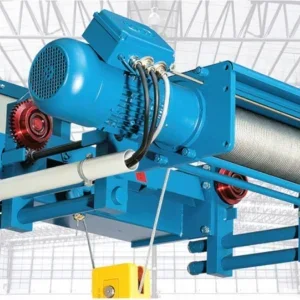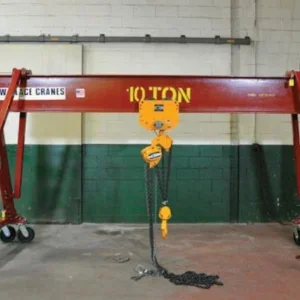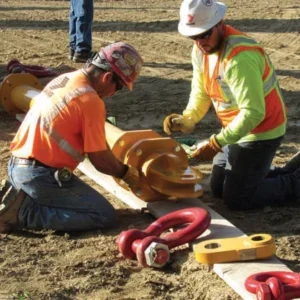UK-based Scotload, part of James Fisher and Sons plc, supplied load monitoring systems to shipping company MOL LNG Transport (Europe) Ltd for installation on the company’s LNG (liquid natural gas) vessel cranes, as part of a safety solution to protect on-board personnel and assets.
As an offshore operator, MOL LNG Transport (Europe) Ltd required a system that could withstand harsh environments while adhering to the latest regulatory standards; Scotload’s SmartLoad solutions, with a zone 1 rating and full hazardous area compliance, met those demands.
The manufacturer specified an intrinsically safe 12.5t-capacity tension load cell, along with a range of ancillary rigging products, complying with IECEx (international), ATEX (European) and AEx (North American) standards. The load cell is manufactured from an anti-static material which maintains certification, regardless of any damage caused by general use. Additionally, the system’s batteries can be changed in hazardous areas, reducing the risk of downtime caused by insufficient battery life.
To accompany the load cell Scotload supplied a wireless SmartLoad handset, which displays load-on-hook readings in real time, to alert operators to any instances of overloading. The handset has been approved for safe use in both zone 1- and zone 2-rated hazardous areas.
The manufacturer also provided a SmartLoad basestation viewing application, enabling MOL LNG Transport (Europe) Ltd to perform functions such as renaming load cells, checking calibration records, and using the technology’s data-logging tool for post analysis and traceability purposes.
The results were a success, says Scotload, with MOL LNG Transport (Europe) Ltd being able to expand its general weighing and ship-to-ship transfer capabilities thanks to the enhanced safety of their on-board marine cranes; the shipping company subsequently opted to install SmartLoad systems on all of its LNG vessels. The company also purchased ancillary rigging from Scotload, including a 13.5t safety pin bow shackle, a 25t variant of the shackle, and a single leg wire rope sling.
Data Logger launch
Dynamic Load Monitoring (UK) Ltd (DLM) launched its new DL 3.0 Data Logger at the recent LiftEx show in the UK.
The first deployment of the system was on an Atlantic weather buoy, where it has been deployed to measure the forces generated by wind and waves for a total of 11 months. During this deployment the buoy telemetry system periodically transmits live data using its RS232 communication feature.
“We have noticed a lot of interest in sub-sea applications for load and strain monitoring,” says Scrutton.
“Hoists and winches use them, but so do mooring lines or buoys and fish farms and oil installations. People analysing current, wavepower and the like need to see if their design models are accurate.
“Previously load monitors in such applications needed an external power source, generally through a cable, and some means of transmitting the data, perhaps through another cable. The DT200 is entirely self-contained. It is a single unit with its own battery power source; it logs the data and keeps it stored until the unit is recovered, when it can be downloaded and analysed. It can be used sub-sea, but that is not its only application. It can take data from any load cell or strain gauge.”
Up, up and a weigh
As well as conducting maintenance testing, load monitoring systems are also used for maintaining centre-of-gravity balance during complex, unusual lifts.
Eilon Engineering has been providing technical sales to NASA for more than 20 years, and recently supplied load cells for the organisation’s joint project with Boeing to build the CST-100 capsule for launching and returning astronauts to and from the International Space Station.
The operation required very accurate crane sales to assist the precise lowering of the upper capsule of the Starliner onto the lower capsule, where it could then be joined together.
Ron CraneMaster load cells were used, with hand-held displays showing a realtime load map of all loading points, with minute adjustments made as required throughout the operation.






